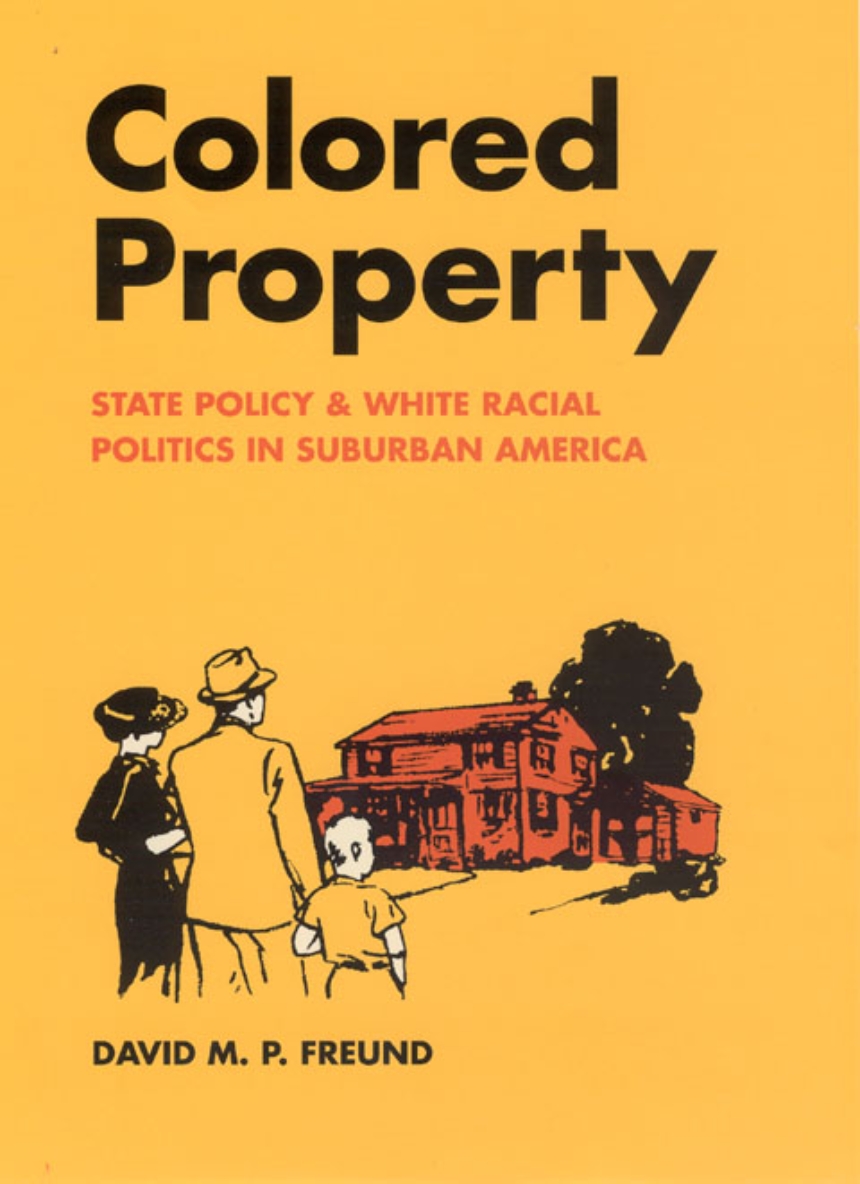Colored Property
State Policy and White Racial Politics in Suburban America
Colored Property
State Policy and White Racial Politics in Suburban America
496 pages | 13 halftones, 4 maps, 5 line drawings | 6 x 9 | © 2007
Historical Studies of Urban America
Geography: Urban Geography
History: American History
Political Science: Race and Politics
Reviews
Table of Contents
Acknowledgments
Chapter 1. The New Politics of Race and Property
Part I: The Political Economy of Suburban Development and the Race of Economic Value, 1910-1970
Chapter 2. Local Control and the Rights of Property: The Politics of Incorporation, Zoning, and Race before 1940
Chapter 3. Financing Suburban Growth: Federal Policy and the Birth of a Racialized Market for Homes, 1930-1940
Chapter 4. Putting Private Capital Back to Work: The Logic of Federal Intervention, 1930-1940
Chapter 5. A Free Market for Housing: Policy, Growth, and Exclusion in Suburbia, 1940-1970
Part II: Race and Development in Metropolitan Detroit, 1940-1970
Chapter 6. Defending and Defining the New Neighborhood: The Politics of Exclusion in Royal Oak, 1940-1955
Chapter 7. Saying Race Out Loud: The Politics of Exclusion in Dearborn, 1940-1955
Chapter 8. The National Is Local: Race and Development in an Era of Civil Rights Protest, 1955-1964
Chapter 9. Colored Property and White Backlash
List of Abbreviations
Notes
Index
Awards
Organization of American Historians: Ellis W. Hawley Prize
Won
Urban History Association: Kenneth Jackson Award
Won
Urban Affairs Association: Urban Affairs Association Best Book Award
Won
